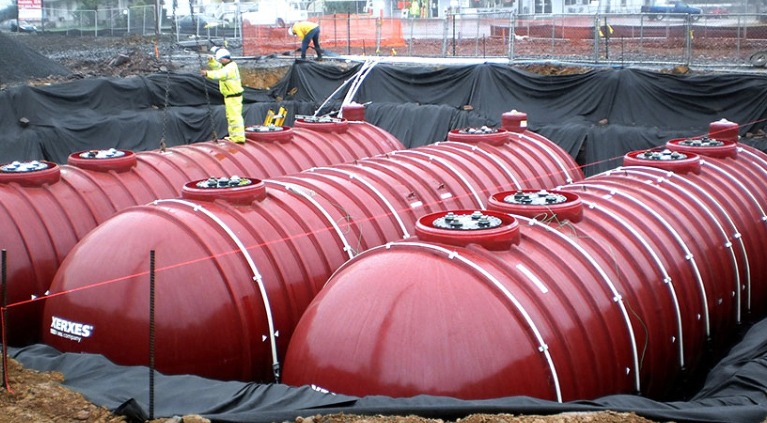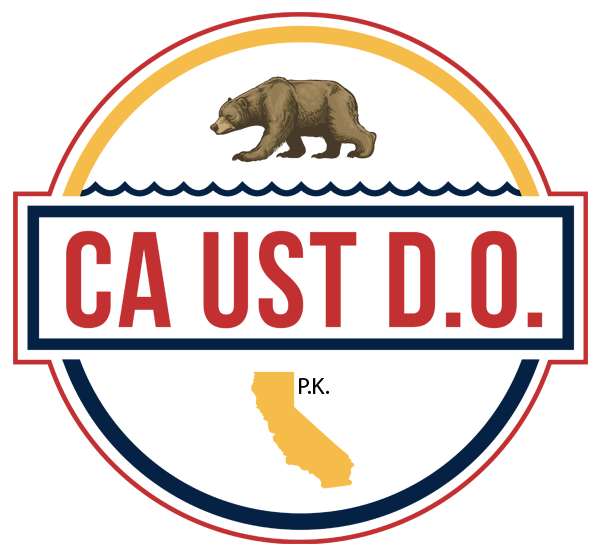Emergency Generator Leak Detection Info
Leak detection is essential to the maintenance of your underground storage tank. Read here for the emergency generator tank system line leak detector requirements according to the California Code of Regulations.
General Leak Detection
Automatic leak line detectors (LLDs) are required on underground pressurized piping connected to emergency generators tank systems. Underground storage tanks (USTs) that are connected to underground pressurized piping are required to be equipped with an LLD in accordance with California Code of Regulations. The two new requirements for EGTSs are as follows:
Underground pressurized piping connected to an EGTS installed on or after October 1, 2018, must be equipped with an LLD at the time of installation
Underground pressurized piping connected to an EGTS installed prior to October 1, 2018, must be equipped with an LLD no later than October 13, 2018
An LLD is not required if the EGTS is constructed with:
Unburied fuel piping that is visually inspected each time the tank system is operated, but no less than monthly, and a log of the inspection results is maintained
Piping that is not underground or pressurized.


Testing
Periodic testing is required for LLDs and EGTSs to be certified for proper operation. These must be calibrated at least once every 12 months. Additional requirements for periodic testing include:
Certification of the LLD must be performed by a qualified UST service technician with training or certification by the manufacturer of the LLD equipment being certified or comparable training or certification if training or certification by the manufacturer of the LLD does not exist
Owners or operators must notify their Unified Program Agency at least 48 hours prior to conducting the LLD test.
Please refer to the Emergency Generator Tank System Line Leak Detector Requirements California Code of Regulations, Title 23, Division 3, Chapter 16, Section 2636 for more information. Also visit: State Water Resources.
The results of this periodic LLD testing must be recorded on the Monitoring System Certification Form. The completed form must be submitted to the UPA within 30 days of completion of the monitoring system certification. The submission may be submitted by hand-delivery, mail, facsimile or other electronic methods.
Reach Out To Us:
(909) 838-3231
Important Updates for Hydrostatically Filled Underground Storage Tanks
Recently, the California State Water Resources Control Board became aware that hydrostatically filled underground storage tanks (USTs) installed on or after July 1, 2003, have not been tested using an independent third party evaluated enhanced leak detection test method as required by the Health and Safety Code. Since their awareness of this issue, the State Water Board has been working with ELD testers to facilitate the development and certification of a test method. Now, a new, third party-evaluated ELD test method is available for hydrostatically filled USTs. This is now listed in the Local Guidance Letter 11.3.
Hydrostatically filled USTs installed after September 14, 2018:
These must use the appropriate third party-evaluated ELD test method. To utilize this method, newly installed UST primary containments are required to be clean and dry. Additional ELD test methods are being developed and the Water Board will provide updates as additional test methods become available. Refer to this list of ELD test methods here.
Hydrostatically filled USTs installed on or after July 1, 2003 and before September 14, 2018:

Owners, operators, and UPA inspectors should routinely review designated operator reports for interstitial alarms. Any unusual operating conditions require further investigation and possible ELD testing.
